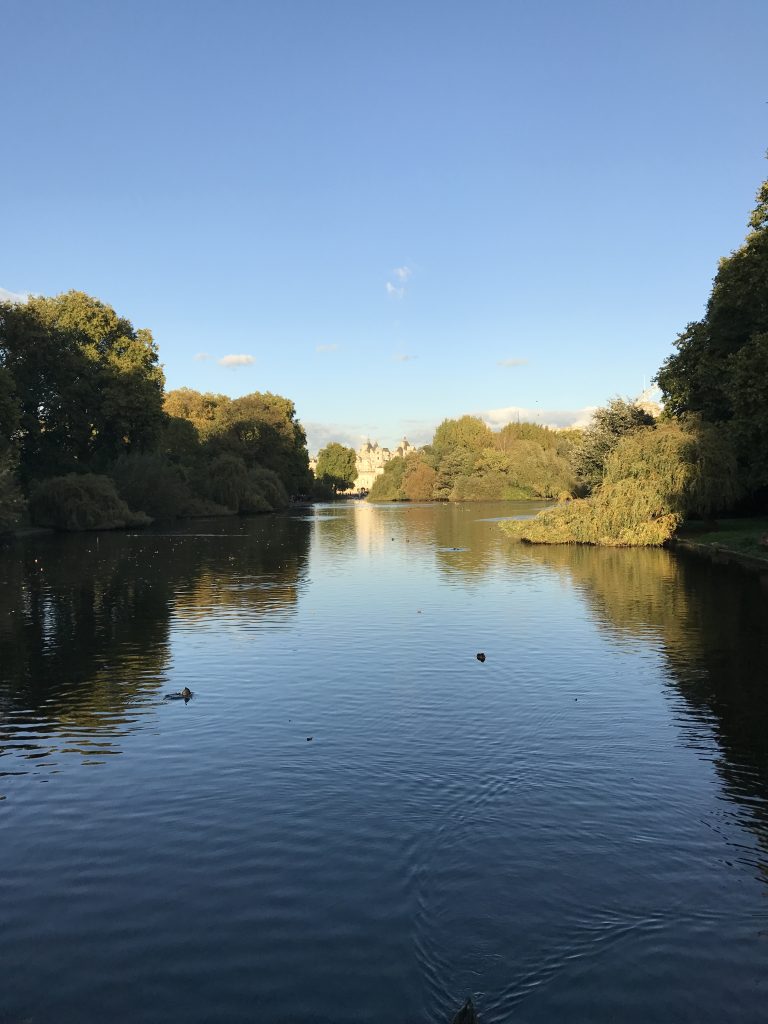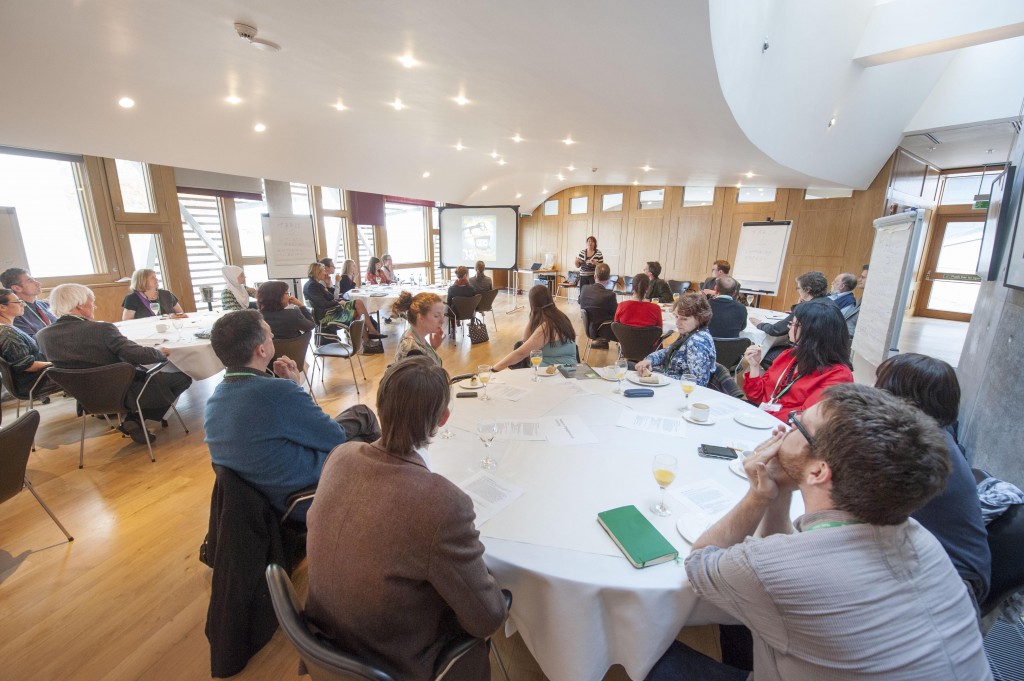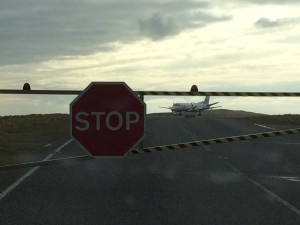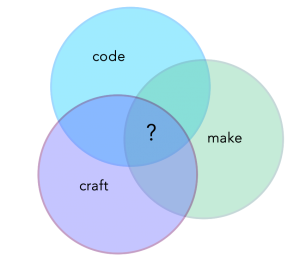
With my Centre for Research in Digital Education colleagues Judy Robertson and Cara Wilson, a new, interdisciplinary and cross-Centre programme of research is under way. We are leading two projects this year that are investigating futures for generative AI in schools.
The first, led byJudy and also involving co-leads from the University of East Anglia, Esther Priyadharshini and Harry Dyer, is part of the BRAID (Bridging Responsible AI Divides) programme, funded by the Arts and Humanities Research Council. Our project is aimed at understanding how responsible AI principles of explainability, privacy and fairness might be understood by young people as part of possible futures for generative AI in secondary education. We’ll be drawing on the team’s previous work on AI literacies, participatory speculative design, digital sociology, critical education futures work, and speculative approaches in digital education, to develop and run speculative and participatory workshops with young people, create learning resources (including in an exciting partnership with Dynamic Earth in Edinburgh) and develop materials that will inform and inspire educators and policymakers about how young people want to see education unfold in a future that may include a lot more AI technologies.
The second, which I’m leading, will build on the work of Judy, Cara and me, and the BRAID project, to further explore AI futures for Scottish education. This is an ESRC Impact Accelerator grant, and will run from April. Our partner for the project (and also involved in BRAID) is Goodison Group in Scotland (GGiS), a futures-focused charity that provides a forum for educators, policymakers, businesses and the third sector to share thinking about education and learning throughout life. We’ll be working closely with GGiS to ensure that the work of both of these projects reaches as wide an audience and engages as many people as possible.
I’m excited about developing speculative approaches in this setting and with these colleagues. I have been involved in and written about previous speculative work on automation in education, which provides a really good foundation here. I’ve also been speaking and sharing insights about AI futures over the past year, at the Scottish Parliament, Scottish Policy Conference, and Learning for Sustainability Scotland, with a forthcoming talk at the NHS Education Scotland conference, and an ‘in conversation’ session with Dr Wayne Holmes about the ethics and use of AI in social science research, for the National Centre for Research Methods (NRCM).
There is so much AI activity going on in education right now, as in many other sectors, and there is a risk of overstating the importance of particular technologies or allowing techno-determinist thinking to swamp other conversations that are needed. Thankfully there is also a strong strand of critical approaches to AI in Education.
Our projects are aiming to be critically creative – to experiment, explore, and imagine a range of futures with and beyond generative AI, while asking a lot of questions and keeping a focus on the ethical risks and the harms that may come if the responsible AI divide between theory and practice can’t be sufficiently bridged.






